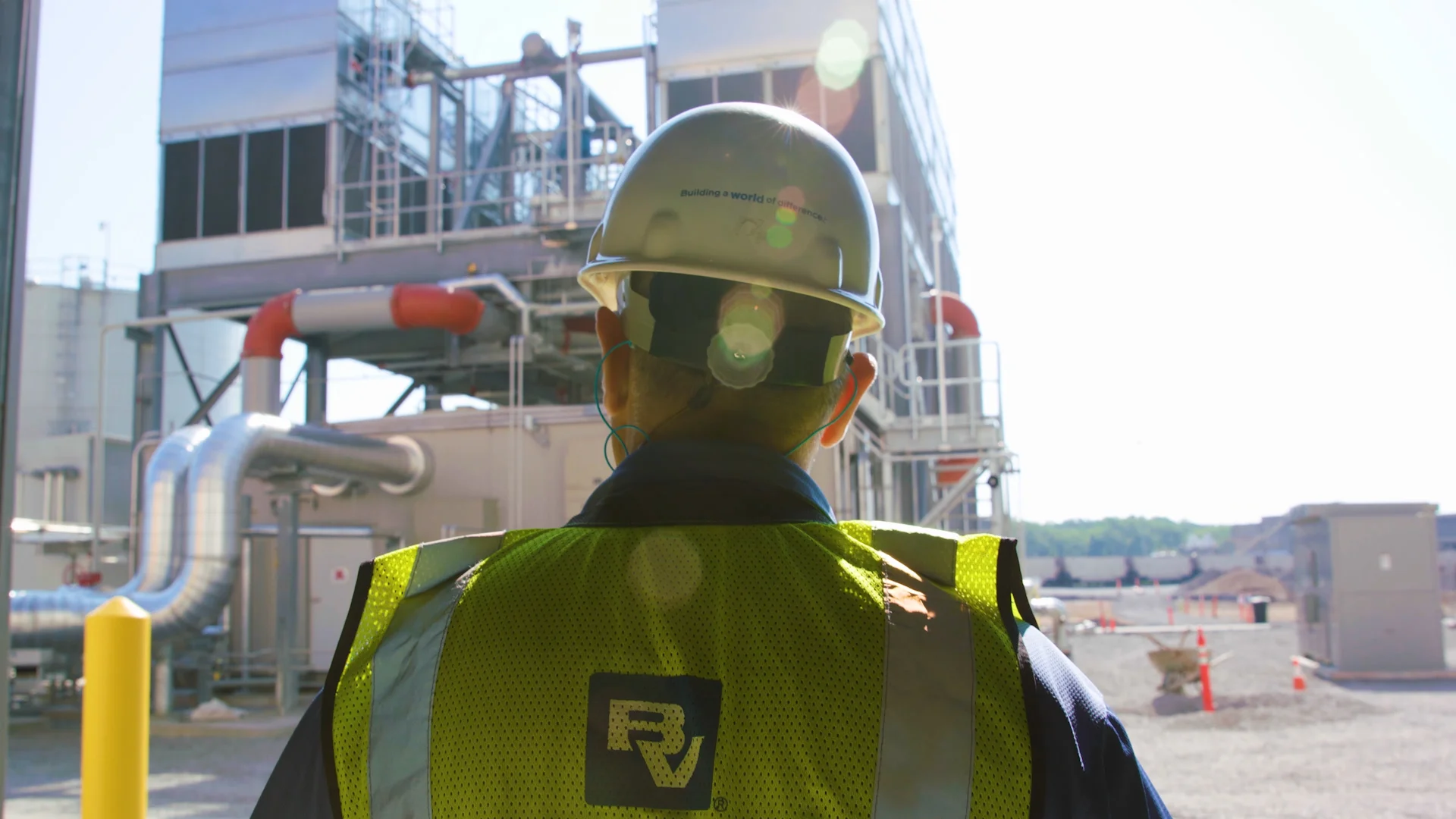Four ways to Increase Sustainability on Your Solar Projects

Solar projects are the fastest growing source of renewable energy. Although solar modules produce clean energy, there’s still room for improvements in sustainability during procurement and construction. By focusing on these efforts at the very beginning, environmental impacts can be reduced to make your solar project even more eco-friendly. Here are four sustainable ways to improve your solar projects:
Miles of cable is installed on any utility-scale solar project, but it’s often difficult to purchase the exact right amount and overage is common. Some suppliers offer recycling programs that include removal of excess cable and empty spools instead of disposing in landfills.
These programs are ideal because the materials can be used on another project, and your project jobsite will be safer and more productive without the obstacle of unneeded cables. Encourage your procurement team to ask cable suppliers if they have (or will consider) recycling programs.
Solar panel racking systems are the backbone of solar projects. Many manufacturers now offer terrain-following designs that require much less civil work and grading, which means less fuel usage and emissions from heavy equipment. (For example, Black & Veatch is currently using Nextracker Horizon-XTR trackers to install solar arrays on a project with sloped terrain.) Talk to your racking manufacturers about performing a cost-benefit analysis to determine if these systems are an economical option for your site.
Small, high-volume parts such as connectors are typically shipped in boxes with a lot of plastic packing. Some suppliers are now offering materials packaged in knock-down totes and buckets or other reusable, non-cardboard containers that can be picked up and re-used.
Innovative suppliers also utilize all-terrain connectable carts so that one vehicle can pull multiple carts of materials directly to the installation site, reducing the amount of fuel needed to drive back and forth. Consider working with material suppliers that are implementing these waste-reduction (and money-saving!) practices.
Minimize soil disturbance. In addition to the alternative racking systems mentioned above, it’s essential to minimize clearing as much as possible, re-seed to replace native vegetation that was removed, and install silt fences to prevent runoff. These practices reduce negative impacts to neighbors while saving your project money on fuel and labor.
Enable on-site metal recycling. Installation of solar project cable, racking, and piles results in many leftover metal scraps. Consider designating a metal scrap dumpster on your project to recycle at the end of construction.
Re-purpose wood pallets. Although the industry is in the process of developing a standardized reusable non-wood pallet, thousands of wood pallets continue to stack up on every solar project site. If it’s an option in your area, identify a local company to haul away and re-use the wood pallets. An alternative practice is to chip up the wood pallets and spread them as ground cover, which helps with erosion and dust control.
Sustainable developments are intended to meet present needs without compromising future generations. Proactively implementing sustainability measures on solar projects during procurement and construction saves time and money while eliminating waste. Not only is it the right thing to do, but it also adds incredible value to your projects in both the present and the future.
Learn more about Black & Veatch’s solar expertise here.
Contact Us
Looking for a partner in innovation?
Let's Talk
